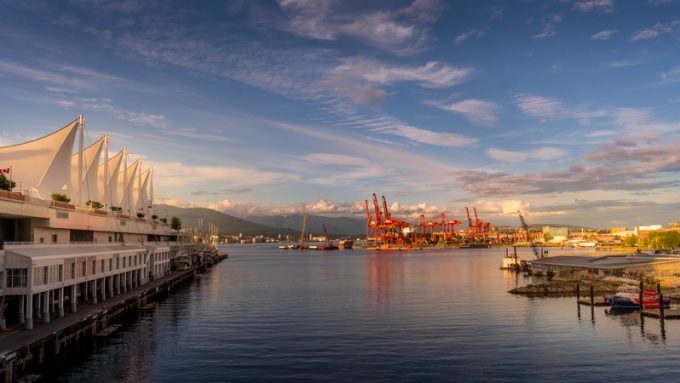Solid results in '24 and a good start to '25, says bullish Hapag-Lloyd CEO
German container shipping line Hapag-Lloyd appears to have slightly lost market share last year, today ...

A surge of imports meeting strained rail capacity has pushed up container dwell times at North American west coast ports, especially in Vancouver.
And importers face further disruption with Canadian rail workers set to vote on industrial action in their contract negotiations with the railways.
Yesterday, Vancouver Fraser Port Authority’s dashboard for rail flows showed container dwell times of more than seven days at the Centerm container facility, while Vanterm and Deltaport registered dwells of five-to-seven ...
'Disastrous' DSV-Schenker merger would 'disrupt European haulage market'
New senior management for DSV as it readies for DB Schenker takeover
Volumes set to 'fall off a cliff' as US firms hit the brakes on sourcing and bookings
Asian exporters scramble for ships and boxes to beat 90-day tariff pause
Amazon pushes into LTL for small package fulfilment and UPS does a u-turn
Temporary tariff relief brings on early transpacific peak season
Pre-tariff rush of goods from US to China sees air rates soar, but not for long
Forwarders 'allowing the fox into the chicken run' by supporting 'hungry' carriers

Comment on this article